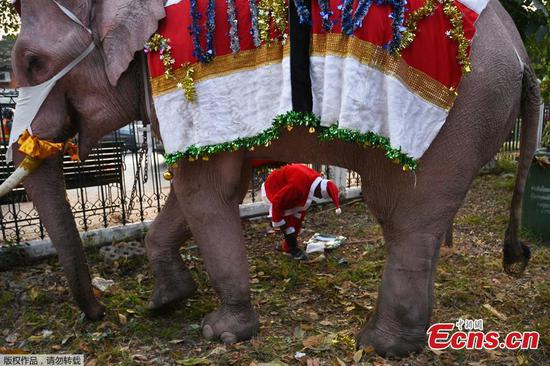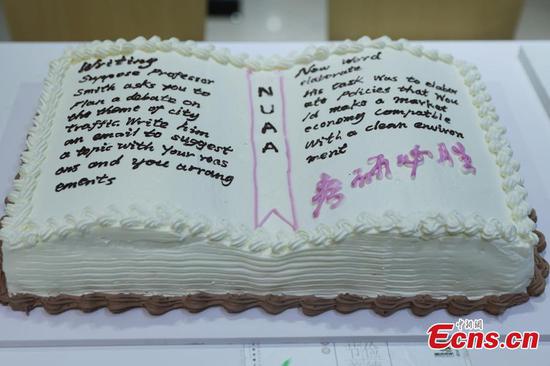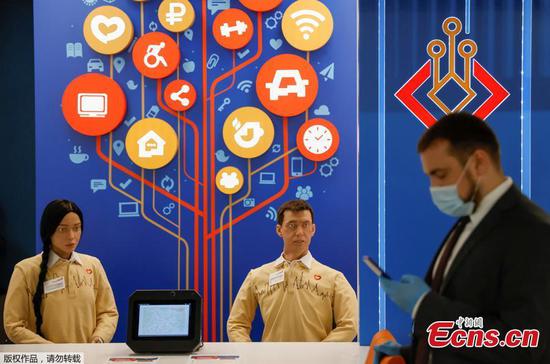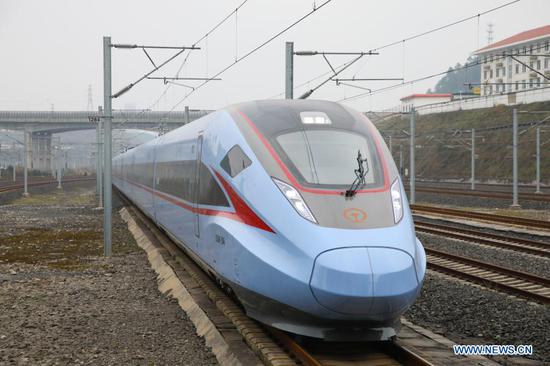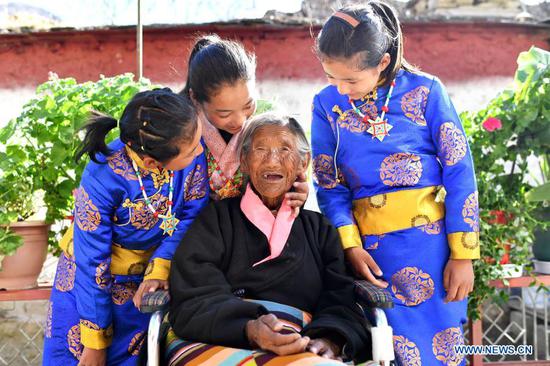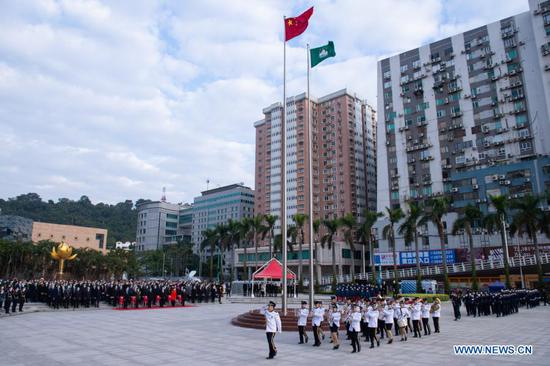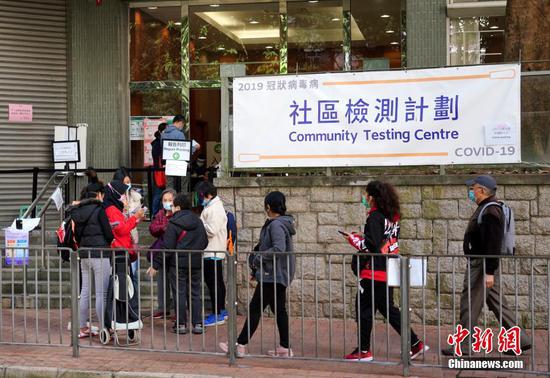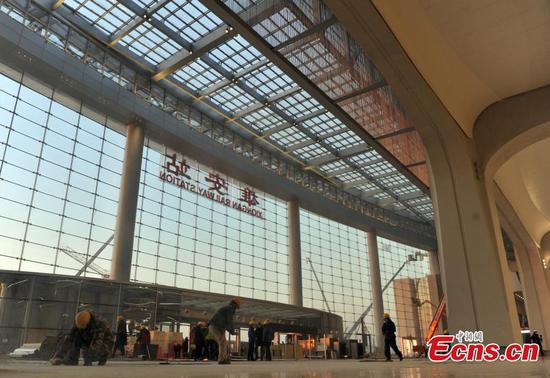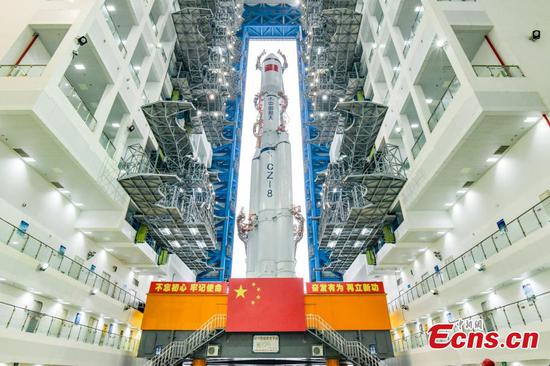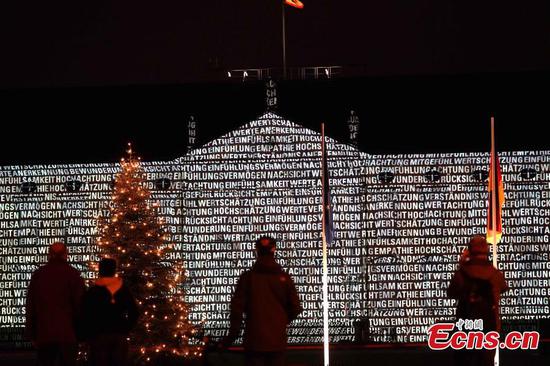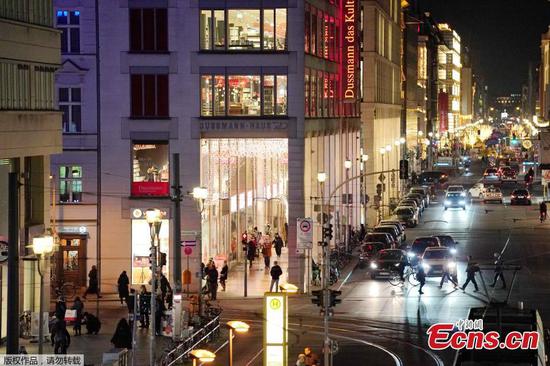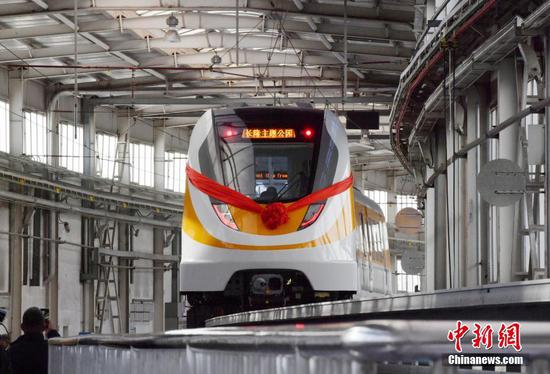
The Shanghai Ballet livestreams a modern dance performance worldwide on Sept 29. (REN LONG/XINHUA)
Virtual activities flourish during pandemic
Editor's note: The COVID-19 pandemic has posed challenges to many aspects of social development and people's lives. In a series of reports titled "Fighting the Pandemic: 2020 in Review", we look at achievements made in different fields. This is the second part of the series.
Infections from COVID-19 had already become a public concern in China before the start of the Spring Festival holiday on Jan 25 as many people were preparing for annual family reunions during the weeklong holiday.
While the number of employees working from home during the outbreak rose, the integration of advanced technology, culture and entertainment helped them with daily life during tough times.
For example, smartphone users can access virtual travel at museums, buy new cosmetics, watch movies and online concerts, and even bid for artworks at auctions.
With museums closed due to the pandemic, such institutions nationwide launched virtual tours, enabling visitors to watch livestream broadcasts held by experts, including curators. They can also browse high-definition photographs of cultural relics, watch a virtual exhibition and take part in online quizzes.
These visitors have seized the opportunity to learn more about Chinese museums specializing in various fields, including those institutions that are not particularly popular.
Bai Xuesong, a tourist guide from Xi'an Beilin Museum, located in the capital of Shaanxi province, became an overnight celebrity with his humorous and knowledgeable livestream broadcasts featuring Chinese calligraphy. His popularity also triggered public interest in the museum.
In mid-March, Sina Weibo's monthlong activity "Virtual travel to museums" generated more than 390 million views, with over 7,100 original posts from museums at home and overseas, media outlets and individuals.
Although museums started to reopen in mid-March, with strict limits on the daily number of visitors, they have continued to use virtual travel activities to promote themselves and to give visitors an alternative choice.
On May 18, International Museum Day, institutions in China held a range of livestream activities. Curators from nine leading museums introduced their creative cultural products during a session on the retail platform Taobao, attracting more than 7.4 million views.
In May, a report by e-commerce platform Meituan showed that the five cities attracting the most searches for their museum audio guides and livestream broadcasts were: Xi'an; Beijing; Chengdu, capital of Sichuan province; Nanjing, capital of Jiangsu province; and Suzhou, Jiangsu.
In late January, the Ministry of Culture and Tourism ordered travel agencies to suspend outbound group tours.
Overseas museums, including those that remain closed, have cooperated with Chinese platforms to livestream their collections. These institutions include the Pompidou Center in Paris and the Prado Museum in Madrid.
In July, the Chinese tourism website Mafengwo invited travel influencers and tourist guides to share their stories of museums at home and abroad via livestreaming sessions, which included in-depth introductions to specific topics.
Li Xinjian, dean of the School of Tourism Management at Beijing International Studies University, said, "Virtual travel has not only cultivated potential visitors and promoted knowledge about museums-it has made people realize the influence of digitalization.
"Advanced technology allows visitors to learn about ancient exhibits without actually being on-site, giving full play to the educative function of museums."
Li said museums are also facing challenges. They need to integrate ancient exhibits and modern technology, increase investment in digitalization, establish and improve their online services and develop more creative cultural products as souvenirs, he said.











